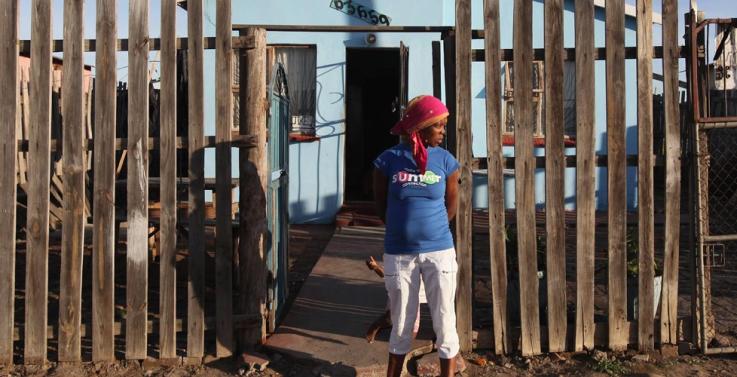
New research has put a dollar figure on the value of condom use in South Africa, strengthening economic justifications for stepping up HIV prevention programs.
Researchers at Victoria University’s Centre of Policy Studies used complex economic modelling to show that a 10% increase in condom use would save the country approximately US $30 billion.
Lead author Dr Louise Roos said this particular calculation captured the gains from increased employment, minus the costs of a program to increase condom usage. It excludes other important sources of potential gain, such as reduced rates of infection from other STDs and lower spending on pharmaceuticals and health care.
“This modelling shows how over a period of 34 years a 10% increase in condom use would lead to a fall in new HIV infections of approximately 200,000 cases,” Dr Roos said.
“It goes without saying this would prevent much suffering, but expressed in terms of its monetary value, the net benefit of such a program is in the vicinity of US $2,000 per household.”
Dr Roos said the findings supported a further expansion of the South African government’s condom distribution programs.
The modelling found that with fewer people moving into HIV positive categories, the long-run deviation in employment would be 0.23%. This generates long-run positive deviations in real GDP and real consumption of 0.17% and 0.14% respectively.
South Africa’s AIDS HIV pandemic continues at alarming proportions with data showing HIV prevalence among adults aged 15–49 at more than 15%. Heterosexual transmission remains the dominant mode of HIV transmission in South Africa, followed by mother-to-child transmission. An important factor contributing to South Africa's high HIV prevalence is the existence of multiple heterosexual concurrent relationships, with low and inconsistent condom use, especially in long-term relationships.
Several surveys over the past decade show the epidemic has a disproportionate impact on the working age population. For young females, the prevalence rate peaks at 32.7% in the age group 25–29. For males, the peak age group is 30–34, with a prevalence rate of 25.8%.
“This disproportional impact on the working age population has a major impact on the country’s productivity, costs to the healthcare system and so on,” Dr Roos said. “By modelling this impact along the dimensions of age, gender, race, education and employment status, our economic model shows clearly for the first time what kind of figures we are dealing with.”
‘The economic effects of lowering HIV incidence in South Africa: A CGE analysis’ was co-authored by Centre of Policy Studies Director Professor James Giesecke and is published in the April edition of Economic Modeling.
